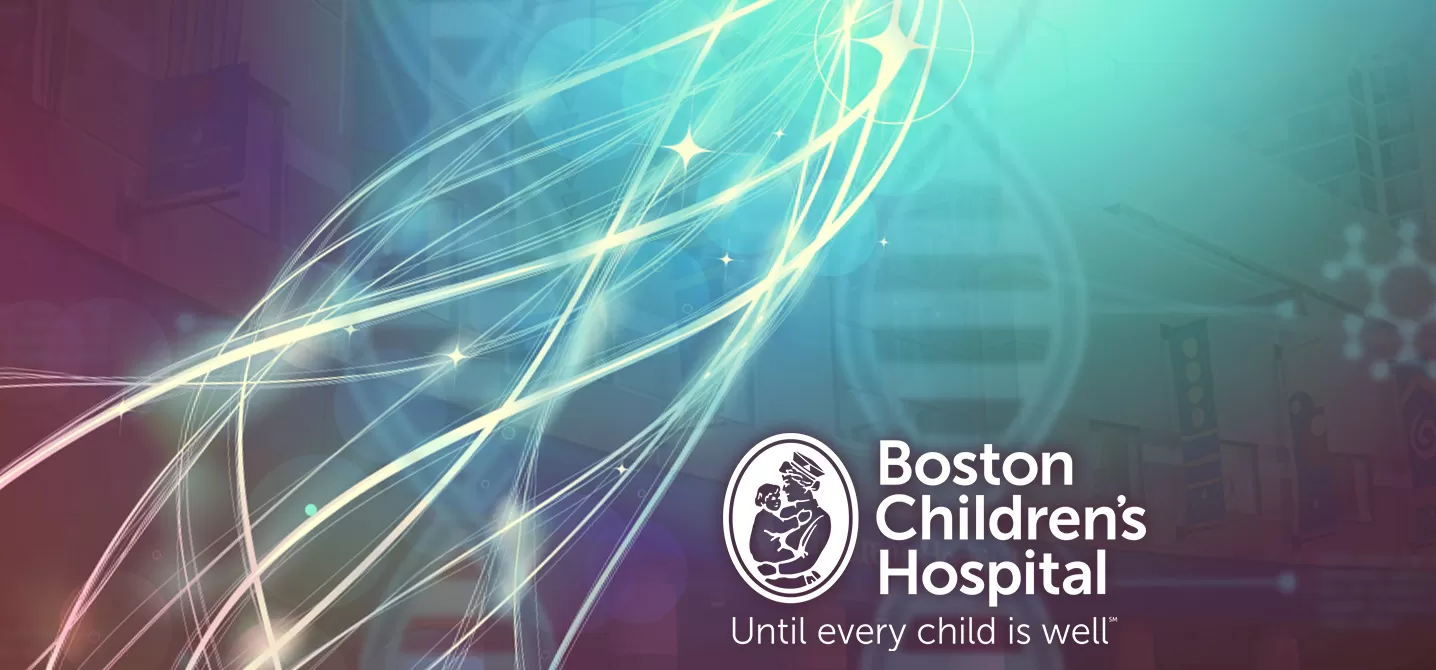RSRT Awards $337,336 to Michela Fagiolini at Boston Children’s Hospital

Work from a variety of labs has identified the excitatory NMDA receptor as a possible target for intervention in Rett. The NMDA receptor is made of various components, including GluN2B and GluN2A. In previous work, Dr. Michela Fagiolini found that decreasing the activity of GluN2A rescues certain neuronal defects and symptoms. Furthermore, past studies identified age and region dependent abnormalities in the NMDA receptor system in young girls with Rett. Together these findings raise the possibility that administration of NMDA receptor modulators may improve Rett symptoms.
Another drug that blocks the NMDA receptor is ketamine. Several years ago Dr. David Katz showed that low-dose ketamine treatment reversed deficits in brain activity in mouse models of Rett Syndrome in conjunction with significant improvements in neurological function, including breathing. Ketamine, historically used for sedation and anesthesia, has recently generated much enthusiasm for its ability to rapidly reverse major depression at low, sub-anesthetic, doses. Last year RSRT awarded $1.5 million ($1.3 million + an additional $200K) in support of a Phase 2 clinical trial of low-dose ketamine for the treatment of Rett Syndrome. This trial will determine the effect of single doses of low-dose ketamine on breathing abnormalities and other Rett Syndrome symptoms.The study is being led by Dr. Katz and Dr. Daniel I. Sessler, at the Cleveland Clinic. The trial will be recruiting patients shortly.
Dr. Fagiolini’s lab recently also began testing ketamine and found that chronic treatment significantly improves symptoms and extends lifespan in mice. Ketamine however can cause psychiatric side effects such as hallucinations. While the dosages used in Rett will be very small and below what should cause problems it is nevertheless prudent to explore other potential ketamine-like drugs in parallel.
The new funding to the Fagiolini laboratory will allow testing of two novel and selective GluN2 modulators.


